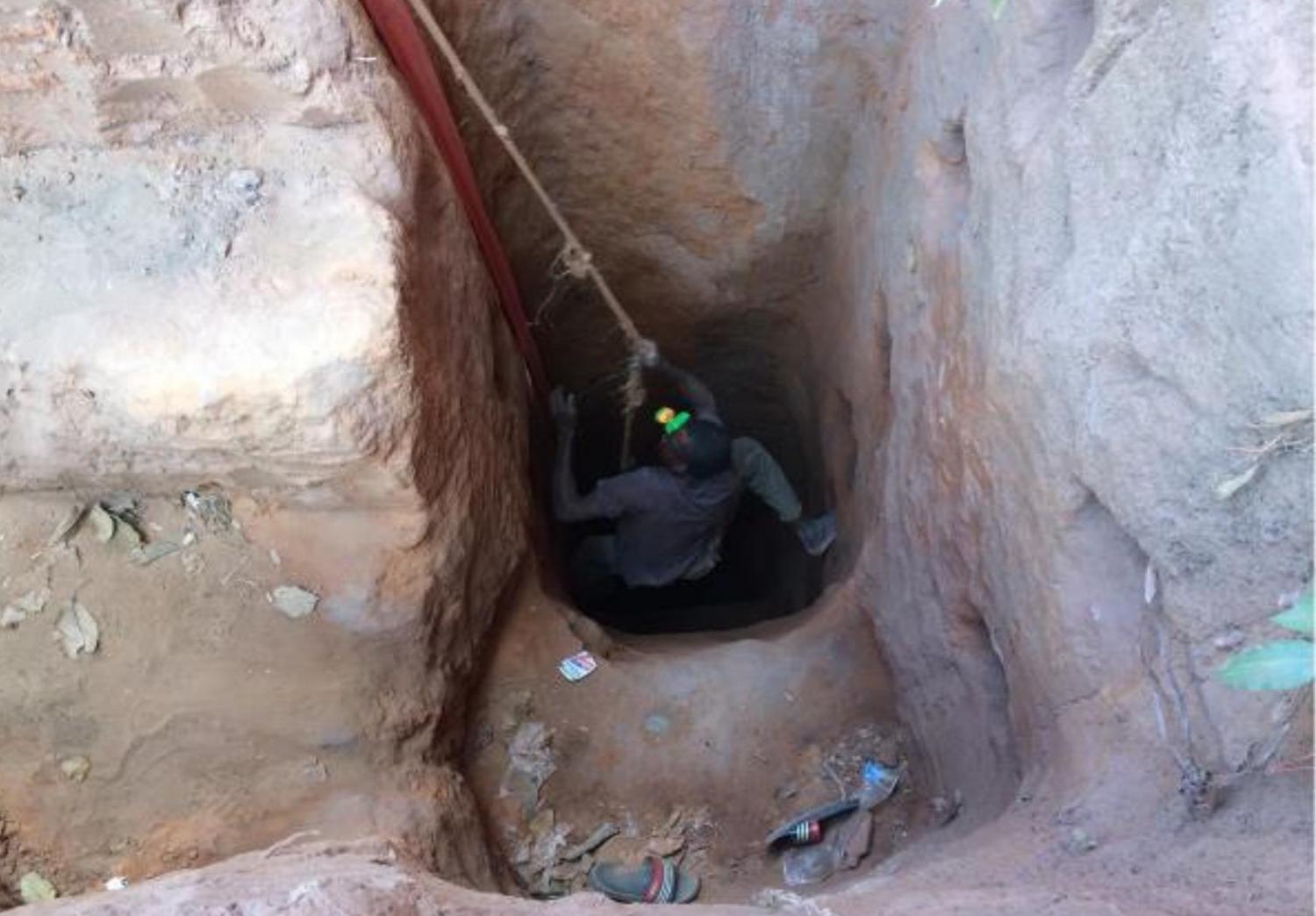
Elsevier, Energy Research and Social Science, Volume 77, July 2021
Globally those in slavery, though small in absolute numbers (est. 40.2 million), contribute disproportionately to environmental destruction and carbon emissions. If modern slaves were a country, they would be the third largest emitter of carbon dioxide in the world, after China and the United States. Concurrently, anthropogenic changes to the global ecosystem have significant impacts on human life, creating vulnerability and displacement that drive modern slavery. This circular relationship is explored through the interaction of contemporary slavery with multiple anthropogenic processes recognized as “planetary boundaries.” It is a key assertion that the study of human rights (and slavery in particular), and the study of anthropogenic impacts, have been falsely seen as distinct and separate issues. In this Perspective, we map an unfolding and extremely troubling nexus between slavery, environmental degradation, and carbon emissions. We break this challenge down into the interconnected processes of extreme weather, deforestation, biodiversity loss, and pollution from manufacturing and resource extraction. We discuss how climate change is a threat multiplier to slavery, but also how slavery is a threat multiplier to the causes of climate change. We conclude by offering compelling policy implications to address these threat multipliers, to help guide future research and policy pathways. Abolishing slavery is shown to be one of the most effective instruments for climate change mitigation, especially given that the costs of ending slavery seem on par to about $20 billion, or the expense of a single large nuclear power plant.
